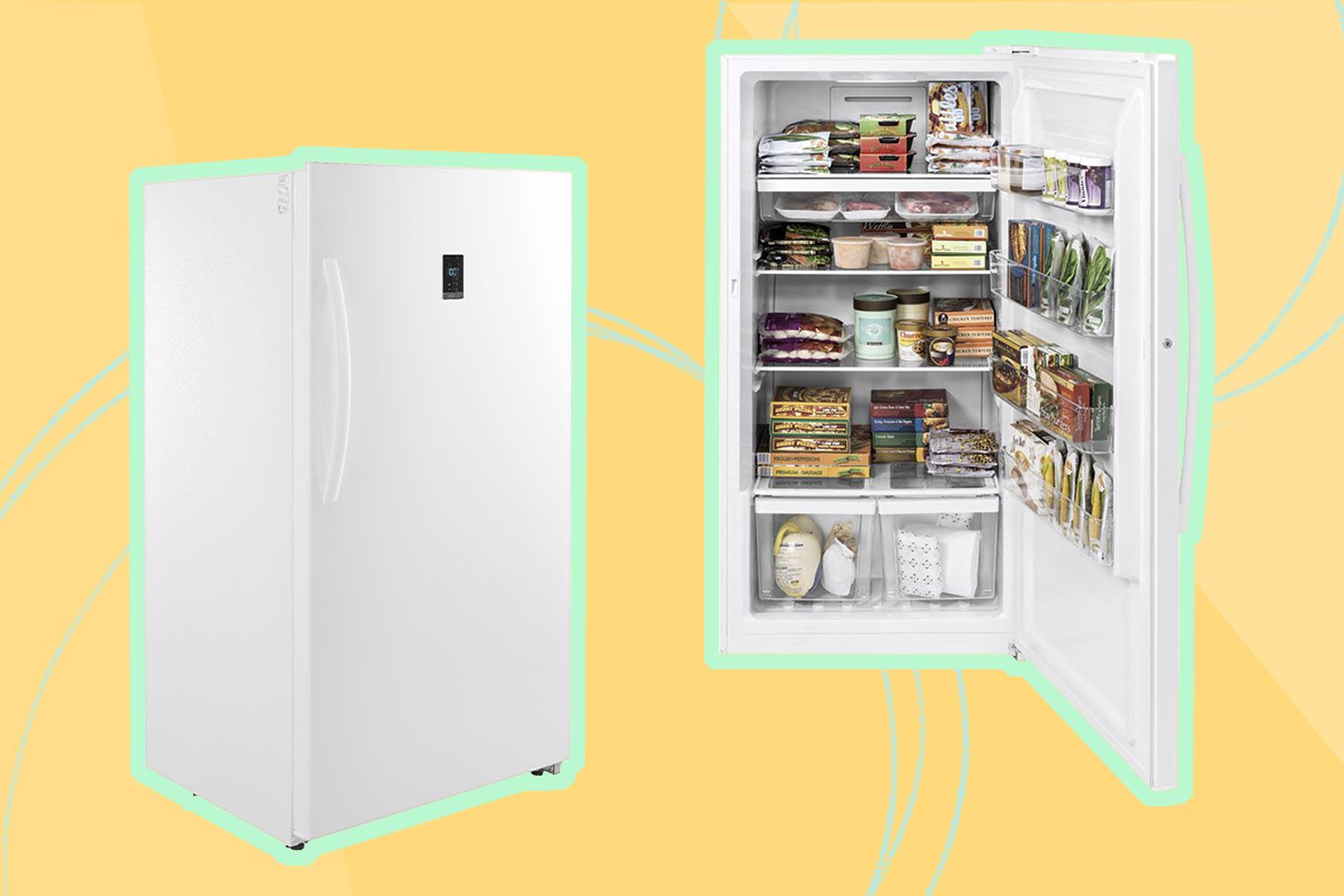

Articles
What Is The Best Upright Freezer
Modified: February 27, 2024
Looking for the best upright freezer? Read our informative articles and find the perfect freezer for your needs, budget, and lifestyle.
(Many of the links in this article redirect to a specific reviewed product. Your purchase of these products through affiliate links helps to generate commission for Storables.com, at no extra cost. Learn more)
Introduction
In today’s fast-paced world, having a reliable and efficient freezer is essential for storing and preserving your favorite frozen foods. When it comes to freezer options, upright freezers are a popular choice for many households. Unlike chest freezers, which have a top-opening design, upright freezers have a vertical orientation that allows for easy access and organization of frozen items.
Whether you are a busy parent who needs extra freezer space for meal prepping, a food enthusiast who enjoys stocking up on seasonal produce, or someone who simply wants to have a backup supply of frozen treats, finding the best upright freezer for your needs is crucial.
When it comes to selecting the right upright freezer, several factors should be taken into consideration. This article will explore these factors in depth to help you make an informed decision when purchasing an upright freezer for your home.
Key Takeaways:
- Choose an upright freezer that suits your needs by considering factors such as size, capacity, energy efficiency, and organization features. Make an informed decision to enhance your frozen food storage experience.
- Prioritize noise level, defrosting method, and brand reliability when selecting an upright freezer. Balance price range and value for money to make a wise investment for long-term freezing needs.
Read also: 9 Best Whirlpool Upright Freezer For 2024
Factors to Consider when Choosing an Upright Freezer
1. Size and Placement: The first factor to consider when choosing an upright freezer is the size and available space in your home. Measure the area where the freezer will be placed to ensure it fits comfortably. Additionally, consider factors such as doorways and staircases that may impact the ease of installation.
2. Capacity: Determine the amount of freezer space you require. Consider factors such as the size of your family or the quantity of food you typically freeze. Upright freezers are available in various capacities, ranging from compact models with a few cubic feet of space to larger models that can store up to several hundred pounds of food.
3. Energy Efficiency: Look for an upright freezer that is Energy Star certified. This certification indicates that the freezer meets specific energy efficiency guidelines, which can help you save on electricity bills in the long run. Look for features such as well-insulated doors, LED lighting, and adjustable temperature controls to further enhance energy efficiency.
4. Temperature Control: Opt for a freezer that offers precise temperature control. This feature is essential for maintaining the quality and safety of your frozen food. Look for freezers with digital temperature displays and adjustable thermostats to ensure that your food is stored at the optimal temperature.
5. Organization and Storage Features: Consider the interior layout and storage options of the upright freezer. Look for adjustable shelves, drawers, and door bins that can be customized to accommodate different sizes of frozen items. Some freezers also come with dividers or baskets to help you organize and access your food more easily.
6. Defrosting Methods: There are two main types of defrosting methods in upright freezers: manual defrost and frost-free. Manual defrost freezers require periodic defrosting to remove ice buildup, while frost-free models use a heating element to prevent ice formation. Choose the defrosting method that suits your preferences and lifestyle.
7. Noise Level: Consider the noise level of the upright freezer. Some freezers can generate a significant amount of noise, which can be disruptive, especially if the freezer is placed in a common living area. Look for models that have noise reduction features or insulation to ensure a quieter operation.
8. Brand and Warranty: Research and choose a reputable brand that offers a reliable upright freezer. Check customer reviews and ratings to get an idea of the freezer’s performance and durability. Additionally, look for a freezer that comes with a warranty to protect your investment in case of any defects or issues.
By considering these factors, you can narrow down your options and select the best upright freezer that suits your needs and preferences. A well-chosen freezer will provide you with years of reliable and convenient frozen food storage.
Energy Efficiency Features in Upright Freezers
When looking for an upright freezer, it’s important to consider energy efficiency. Not only does an energy-efficient freezer help reduce your carbon footprint, but it can also save you money on your electricity bills over time. Here are some key energy efficiency features to look for when choosing an upright freezer:
- Energy Star Certification: The first thing to look for is an Energy Star certified upright freezer. Energy Star is a program run by the U.S. Environmental Protection Agency (EPA) that identifies and promotes energy-efficient products. An Energy Star certified freezer meets specific guidelines for energy efficiency, ensuring that it operates using less energy compared to standard models.
- High Insulation: Another important factor to consider is the level of insulation in the freezer. Upright freezers with thick insulation help to maintain a stable temperature inside the unit, reducing the need for the compressor to work harder and consume more energy. Look for freezers with high-quality insulation materials, such as foam insulation, to minimize energy loss.
- LED Lighting: LED lighting is not only long-lasting and brighter than traditional incandescent bulbs but also more energy-efficient. Freezers with LED lighting consume less energy and produce less heat, which can help maintain a consistent internal temperature. Additionally, LED lights are cooler to the touch, making it safer to handle items inside the freezer.
- Adjustable Temperature Controls: Freezers that offer precise temperature controls allow you to set the unit to the optimal temperature for your frozen items. Having the ability to adjust the temperature can prevent unnecessary energy consumption by ensuring that the freezer is not running colder than necessary.
- Door Alarm: Some upright freezers come equipped with a door alarm feature that alerts you if the door is left open for an extended period. This feature helps prevent energy waste by ensuring that the freezer is sealed tightly and maintaining the desired temperature.
- Automatic Defrost: Frost buildup in a freezer can decrease its energy efficiency. Look for upright freezers with automatic defrost systems. These systems periodically melt any frost buildup, reducing the need for manual defrosting and ensuring that the freezer operates at maximum efficiency.
By considering these energy efficiency features, you can choose an upright freezer that not only meets your storage needs but also helps you save energy and reduce your environmental impact. An energy-efficient freezer is a smart investment that can provide long-term cost savings while minimizing your carbon footprint.
Size and Capacity Options Available
When it comes to choosing an upright freezer, it’s essential to consider the size and capacity options available to ensure that it meets your storage needs. Upright freezers come in a variety of sizes and capacities, allowing you to find the perfect fit for your home. Here are some factors to consider when selecting the size and capacity of your upright freezer:
- Available Space: Before purchasing an upright freezer, measure the space where you plan to install it. Keep in mind that the freezer will need sufficient clearance for the door to open fully. Consider the height, width, and depth of the available space to ensure that the freezer fits comfortably in your desired location.
- Capacity: The capacity of an upright freezer refers to the amount of usable space for storing frozen items. Upright freezers come in various capacities, typically measured in cubic feet. The right capacity for you depends on factors such as the size of your family, your cooking and freezing habits, and the types of food you plan to store. Consider your storage needs and choose a capacity that can accommodate your frozen food requirements.
- Compact Models: If you have limited space or live in a small apartment, a compact upright freezer might be the best option. These smaller models typically have a capacity range of 3 to 9 cubic feet. They are designed to fit in tight spaces, making them suitable for smaller households or as an additional freezer for storing specific items like frozen treats or specialty ingredients.
- Standard Sizes: Standard upright freezers are commonly available in capacities ranging from 12 to 20 cubic feet. These models offer more storage space and are suitable for mid-sized to larger households. They have adjustable shelves and bins to help you organize and maximize the use of space efficiently.
- Large Models: If you have a large family or regularly store bulk purchases, consider a large upright freezer with a capacity of over 20 cubic feet. These models offer ample storage space for storing large quantities of food, making them ideal for households with higher freezing needs or for those who prefer to stock up on items during sales or harvest seasons.
When deciding on the size and capacity of your upright freezer, also consider the future. If your needs are likely to change or if you anticipate an increase in frozen storage requirements, it may be beneficial to choose a slightly larger capacity than your current needs to avoid outgrowing your freezer too quickly.
By considering the available space in your home and accurately assessing your storage requirements, you can select the right size and capacity of an upright freezer that perfectly suits your needs. A well-sized freezer will provide you with optimal storage space and easy access to your frozen food items.
Temperature Control and Maintenance
When selecting an upright freezer, proper temperature control and maintenance are key factors to consider. These features are crucial for ensuring that your frozen food remains safe and of high quality. Here are some important aspects to keep in mind:
- Temperature Range: Look for an upright freezer that offers a wide temperature range, typically between -10°F to 10°F (-23°C to -12°C). This range allows you to store a variety of frozen items, including meats, vegetables, and ice cream, at their optimal temperatures.
- Thermostat: Choose a freezer with an accurate and adjustable thermostat. This allows you to set and maintain the desired temperature inside the freezer. A digital thermostat, with a temperature display, is often preferred as it provides precise control and easy monitoring.
- Temperature Alarm: Some upright freezers come equipped with a temperature alarm feature. This feature alerts you if the temperature inside the freezer goes beyond safe levels, indicating a potential issue such as a power outage or a faulty component. The alarm helps you take immediate action to prevent food spoilage and freezer malfunctions.
- Manual Defrosting: Manual defrosting is a common maintenance requirement for upright freezers. Ice buildup can reduce the freezer’s efficiency and storage capacity. Regularly defrosting your freezer helps remove ice accumulation and ensures optimal performance. Look for a freezer with a manual defrosting option if you prefer more control over the defrosting process.
- Frost-Free Freezers: Consider opting for a frost-free upright freezer if you prefer a more convenient option. Frost-free freezers have a built-in heating element that automatically melts frost buildup, eliminating the need for manual defrosting. While frost-free freezers are more convenient, keep in mind that they may consume slightly more energy.
- Cleaning and Maintenance: Choose an upright freezer that is easy to clean and maintain. Look for features such as removable shelves, drawers, and door bins that can be easily accessed and cleaned. Regularly wipe down the interior of the freezer and check for any leaks or signs of wear and tear to ensure proper functioning.
- Proper Air Circulation: Adequate air circulation is essential to maintain a consistent temperature throughout the freezer. Ensure that there is adequate space around the freezer for proper ventilation. Avoid overcrowding the freezer to allow proper airflow and prevent temperature fluctuations.
By considering temperature control features and maintenance requirements, you can select an upright freezer that keeps your frozen food safe, maintains optimal temperatures, and is easy to maintain for long-lasting performance. Proper temperature control and regular maintenance will ensure that your freezer operates efficiently and preserves the quality of your frozen food.
Read more: How To Defrost An Upright Freezer
Organization and Storage Features
When choosing an upright freezer, organization and storage features are important considerations. These features help you maximize freezer space, keep your frozen items organized, and easily access what you need. Here are some key organization and storage features to look for:
- Adjustable Shelves and Bins: Look for an upright freezer that offers adjustable shelves and bins. Being able to customize the storage space allows you to accommodate items of different sizes and shapes. Adjustable shelves also give you the flexibility to rearrange the freezer as needed for changes in your storage needs.
- Door Bins and Pockets: Upright freezers often come with door bins and pockets that provide additional storage space for smaller items. These bins are ideal for storing items like ice packs, condiments, or small packages of frozen fruits or vegetables. Door pockets can be used to store items like frozen juice or ice cream bars.
- Drawers and Dividers: Some upright freezers come with drawers and dividers that help you further organize and separate different types of food. These drawers can be used to store items like frozen meats, frozen vegetables, or ice cubes. Dividers within the drawers make it convenient to separate and access different items without having to dig through the entire freezer.
- Removable Baskets: Look for freezers that have removable baskets or wire shelves. These baskets offer easy access to frequently used items and can be lifted out for more convenient organizing or cleaning. Removable baskets are perfect for storing smaller items or items that you want to keep separate from the rest of the freezer contents.
- Ice Makers and Ice Dispensers: Some upright freezers come with built-in ice makers or ice dispensers. These features make it convenient to have a constant supply of ice without the need for separate ice trays. Some models even offer options for crushed ice or ice cubes of different sizes. However, keep in mind that these features may take up additional space inside the freezer.
- Clear Door or Interior Lighting: A clear door or interior lighting in the freezer allows you to easily see the contents without having to open the door. This is especially useful when you’re looking for specific items or trying to take stock of what you have before going grocery shopping. Clear doors or well-placed interior lights make it easier to locate items and minimize time spent searching through the freezer.
- Labeling Options: While not directly built-in features, having the ability to label shelves, drawers, or bins can greatly improve organization in your upright freezer. Using labels allows you to quickly identify and locate specific items, especially if you have a variety of frozen goods. Utilize labels or freezer-safe markers to easily identify contents, expiration dates, or even meal-prepped items.
By considering these organization and storage features, you can choose an upright freezer that offers the flexibility and convenience to store and access your frozen items easily. These features can help you maintain an organized freezer and make your frozen food storage more efficient and accessible.
When looking for the best upright freezer, consider the size that fits your space, the energy efficiency, and the organization features such as shelves and drawers. Also, look for a model with good insulation to keep the temperature consistent.
Defrosting Methods and Convenience
When selecting an upright freezer, considering the defrosting method and convenience features can greatly impact its usability and maintenance. Here are some factors to consider when it comes to defrosting methods and convenience in an upright freezer:
- Manual Defrost: Traditional upright freezers typically require manual defrosting. This means you will need to periodically turn off the freezer, remove the contents, and allow the ice to melt. While this method is effective in removing ice buildup, it can be time-consuming and requires planning ahead to prevent food spoilage.
- Frost-Free Technology: Many modern upright freezers come with frost-free technology, also known as automatic defrost. This technology prevents the buildup of frost and ice inside the freezer by periodically melting any accumulated ice. Frost-free freezers eliminate the need for manual defrosting, saving you time and effort. However, keep in mind that frost-free freezers may be more energy-intensive.
- Quick Defrosting Features: Some upright freezers offer quick defrosting methods to speed up the defrosting process. These features use a combination of heat and airflow to rapidly melt ice buildup. Quick defrosting options can save you time, especially if you need to defrost the freezer quickly due to an unexpected increase in ice accumulation.
- Drainage System: If you opt for a manual defrost freezer, consider models with a built-in drainage system. These systems make it easier to collect and drain the melted water without creating a mess. Draining the water efficiently ensures that you don’t have to manually scoop out the water or continuously monitor the defrosting process.
- Defrosting Indicator: Some upright freezers have defrosting indicators or timers that remind you when it’s time to defrost. These indicators can be helpful for those who tend to forget or neglect the defrosting process. Having a visual or audible reminder ensures that you stay on top of the maintenance task and prevents ice buildup from affecting the freezer’s performance.
- Convenience Features: Look for convenience features that enhance the overall usability of the upright freezer. These can include features such as a digital display panel, temperature memory settings that restore your preferred temperature after a power outage, or a door-open alarm that alerts you if the freezer door is left ajar. Convenience features make it easier to monitor, access, and maintain your freezer.
Consider your lifestyle, time availability, and preference for maintenance when choosing between manual defrost and frost-free upright freezers. While manual defrosting requires occasional attention, frost-free freezers offer convenience but may consume more energy. Also, think about the defrosting features and convenience options that align with your needs to ensure optimal usability and hassle-free maintenance.
Noise Level Considerations
When selecting an upright freezer for your home, it’s important to consider the noise level to ensure a peaceful and comfortable living environment. Here are some factors to consider regarding noise level when choosing an upright freezer:
- Decibel Rating: Pay attention to the decibel (dB) rating of the upright freezer. The dB rating measures the sound intensity emitted by the freezer. Lower dB ratings indicate quieter operation. Look for freezers with lower dB ratings, typically below 45 dB, for a quieter experience.
- Location: Consider the placement of the upright freezer in your home. If you plan to keep it in a kitchen, living room, or other common areas, it’s important to choose a freezer with a quieter operation to minimize noise disturbances. On the other hand, if you intend to keep the freezer in a basement, garage, or separate storage room, noise level may be less of a concern.
- Noise Reduction Features: Some upright freezers are designed with noise reduction features to minimize operational noise. These features can include improved insulation, sound-absorbing materials, or specially designed compressors. Look for freezers that highlight noise reduction technology for a quieter experience.
- Compressor Type: Different compressor types can affect the noise level of an upright freezer. Inverter compressors are known for their quiet operation as they adjust their speed according to the cooling needs, resulting in reduced noise levels. On the other hand, traditional compressors may produce more noise during the cooling cycle. Consider the type of compressor used in the freezer you’re considering.
- Customer Reviews: Reading customer reviews can provide valuable insights into the noise level of a particular upright freezer model. Look for feedback from customers who have already purchased and used the freezer to get an idea of how noisy or quiet it is in real-world conditions.
- Manufacturer’s Specifications: Refer to the manufacturer’s specifications or product descriptions for information on noise levels. Some manufacturers provide specific details or dB ratings for their upright freezers, giving you a clear understanding of what to expect in terms of noise.
Consider your tolerance for noise and the noise levels that would be comfortable for your living environment. If having a quiet home is important to you, it’s worth investing in an upright freezer with noise reduction features and lower dB ratings. Taking noise level considerations into account ensures a peaceful and harmonious atmosphere while still benefiting from the convenience of an upright freezer.
Popular Brands for Upright Freezers
When it comes to purchasing an upright freezer, choosing a reputable brand can ensure quality, reliability, and customer satisfaction. Here are some popular brands known for their upright freezers:
- Whirlpool: Whirlpool is a well-known and trusted brand in the home appliance industry. They offer a wide range of upright freezers that are known for their durability and performance. Whirlpool freezers often include features like adjustable shelves, frost-free technology, and energy-efficient operation.
- Kenmore: Kenmore is a brand that is widely recognized and respected for its home appliances. They offer a variety of upright freezers in different sizes and capacities, catering to various storage needs. Kenmore freezers are known for their solid construction, innovative features like temperature alarms and LED lighting, and overall reliability.
- Frigidaire: Frigidaire is a brand known for its quality and sleek design. They offer a range of upright freezers with features such as adjustable temperature controls, frost-free operation, and spacious storage compartments. Frigidaire freezers are often praised for their energy efficiency and consistent cooling performance.
- GE: GE is a trusted brand that offers a variety of upright freezer options. Their freezers are known for their reliability, spacious interiors, and convenient features like LED lighting, multiple storage baskets, and customizable shelves. GE freezers are often praised for their quiet operation and effective temperature control.
- Haier: Haier is a global brand known for its innovative home appliances. They offer a range of upright freezers that combine functionality, efficiency, and aesthetics. Haier freezers often feature user-friendly controls, versatile storage options, and energy-saving technologies. Their freezers are designed with attention to detail and are praised for their modern and sleek designs.
- Midea: Midea is a leading brand in the home appliance industry, offering a variety of upright freezers. Midea freezers are known for their affordability without compromising on quality. They often feature ample storage space, adjustable shelves, and energy-efficient operation. Midea freezers are popular among budget-conscious consumers looking for reliable freezing solutions.
While these brands are popular and well-regarded, it’s always beneficial to research and read customer reviews to gauge the performance and reliability of specific models within each brand. Consider your specific needs, budget, and preferences, and choose a brand that aligns with those factors to ensure a satisfying and long-lasting upright freezer experience.
Read also: 11 Best Upright Freezer Frost Free For 2024
Price Range and Value for Money
The price range of upright freezers can vary depending on factors such as brand, size, capacity, and features. Understanding the price range and evaluating the value for money is crucial to make an informed purchasing decision. Here are some considerations when it comes to the price range and value for money of upright freezers:
- Entry-Level Models: Entry-level upright freezers typically have a lower price range, making them more affordable for budget-conscious consumers. These models often have basic features, smaller capacities, and fewer advanced storage and convenience options. While they may lack some advanced features, entry-level models can still offer adequate freezing capabilities for most households.
- Mid-Range Models: Mid-range upright freezers offer a balance between features, capacity, and price. They typically provide more storage space, additional organizational features, and sometimes energy-efficient technologies. These models often come at a slightly higher price than entry-level options and are suitable for those looking for a good balance between affordability and functionality.
- High-End Models: High-end upright freezers are packed with advanced features, larger capacities, and premium build quality. These models often come with bells and whistles such as digital displays, temperature alarms, frost-free technology, and customizable storage options. They tend to be priced at the higher end of the spectrum due to the additional features and enhanced performance they offer.
- Value for Money: When considering the value for money, it’s important to assess how well the price aligns with the features and performance of the upright freezer. A more expensive model may offer advanced features and higher storage capacity, but it may not necessarily provide better value if those features are not necessary for your specific needs. On the other hand, a mid-range model that meets your requirements and offers reliable performance can provide excellent value for money.
- Long-Term Savings: While upfront costs are important, it’s also essential to consider the long-term savings that an energy-efficient upright freezer can provide. Energy Star certified models may have a higher initial cost, but they can save you money on utility bills over the lifespan of the appliance. Consider the energy efficiency ratings and estimated annual energy consumption to evaluate the long-term cost-effectiveness of the freezer.
- Warranty and Customer Support: The warranty and customer support provided by the manufacturer should also be taken into account when assessing the value for money. A longer warranty period and responsive customer support can provide peace of mind and additional value, ensuring that you’re covered in the event of any defects or issues with the upright freezer.
Ultimately, the price range and value for money of an upright freezer will depend on your budget, specific needs, and desired features. It’s important to strike a balance between affordability and functionality to ensure that you make a wise investment that meets your freezing requirements and provides a satisfactory long-term performance.
Conclusion
Choosing the best upright freezer for your needs involves considering a variety of factors. From size and capacity options to energy efficiency features, temperature control to organization and storage features, there are several aspects to evaluate before making a purchase. Additionally, factors such as defrosting methods, noise level considerations, popular brands, price range, and value for money must be taken into account.
When selecting an upright freezer, assess your available space, storage requirements, and energy efficiency preferences. Consider whether you prefer manual defrosting or the convenience of a frost-free option. Evaluate noise level considerations based on the location of the freezer in your home. Research popular brands known for their reliability and customer satisfaction. Finally, determine your budget and assess the value for money that different models provide.
By taking these factors into consideration, you can make an informed decision and select an upright freezer that perfectly suits your needs. Whether you’re a busy parent in need of extra storage space, a food enthusiast who enjoys stocking up on ingredients, or someone who simply wants to have a backup supply of frozen treats, the right upright freezer can make a significant difference in your daily life.
Remember, an upright freezer is an investment that is meant to last for years. Consider the long-term benefits of an energy-efficient model, the convenience of organization and storage features, and the overall performance and reliability of the brand you choose.
Ensure that the upright freezer you select aligns with your lifestyle, budget, and storage requirements. A well-chosen upright freezer will not only provide you with a reliable and efficient freezing solution but also enhance your overall food storage experience.
So, take the time to evaluate your needs, do your research, compare models, and make an educated decision. With the right upright freezer in your home, you’ll have peace of mind knowing that your frozen food is safely stored, easily accessible, and kept in optimum condition for whenever you need it.
Frequently Asked Questions about What Is The Best Upright Freezer
Was this page helpful?
At Storables.com, we guarantee accurate and reliable information. Our content, validated by Expert Board Contributors, is crafted following stringent Editorial Policies. We're committed to providing you with well-researched, expert-backed insights for all your informational needs.
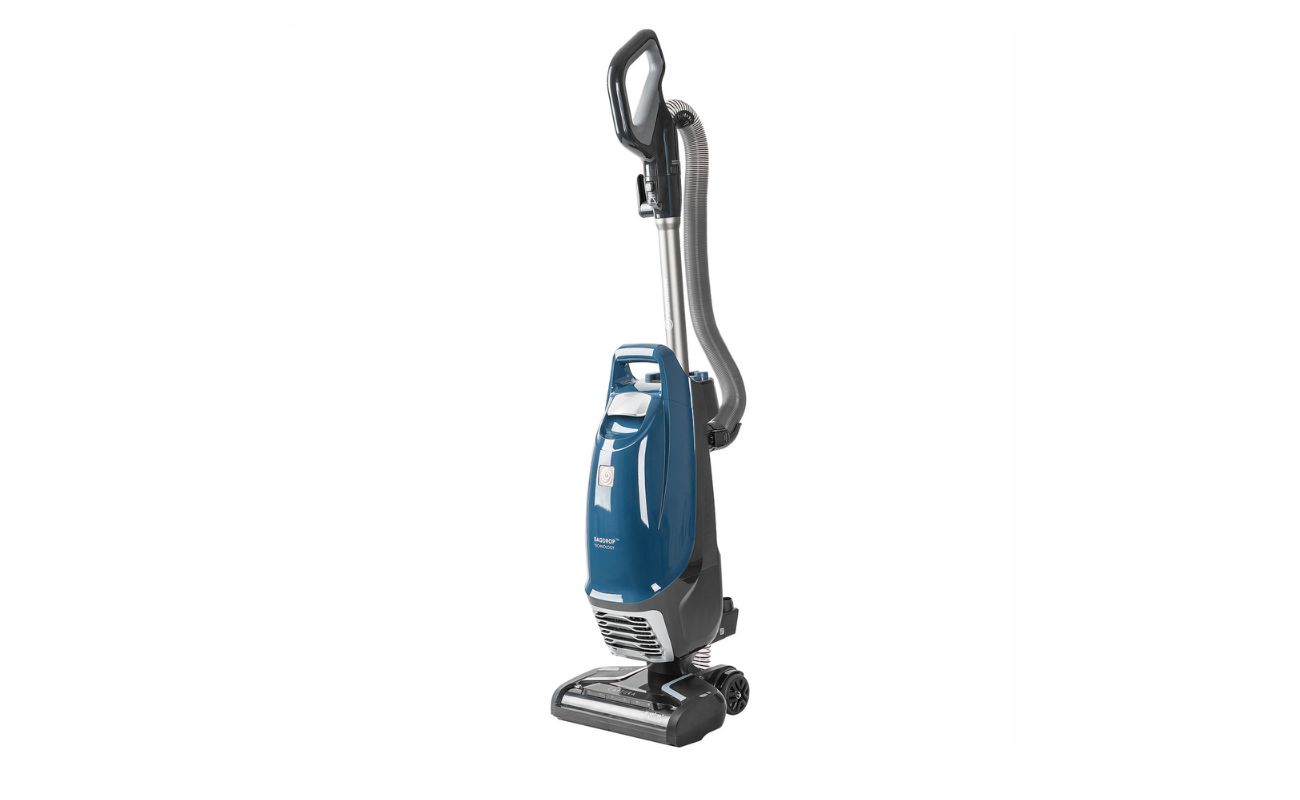
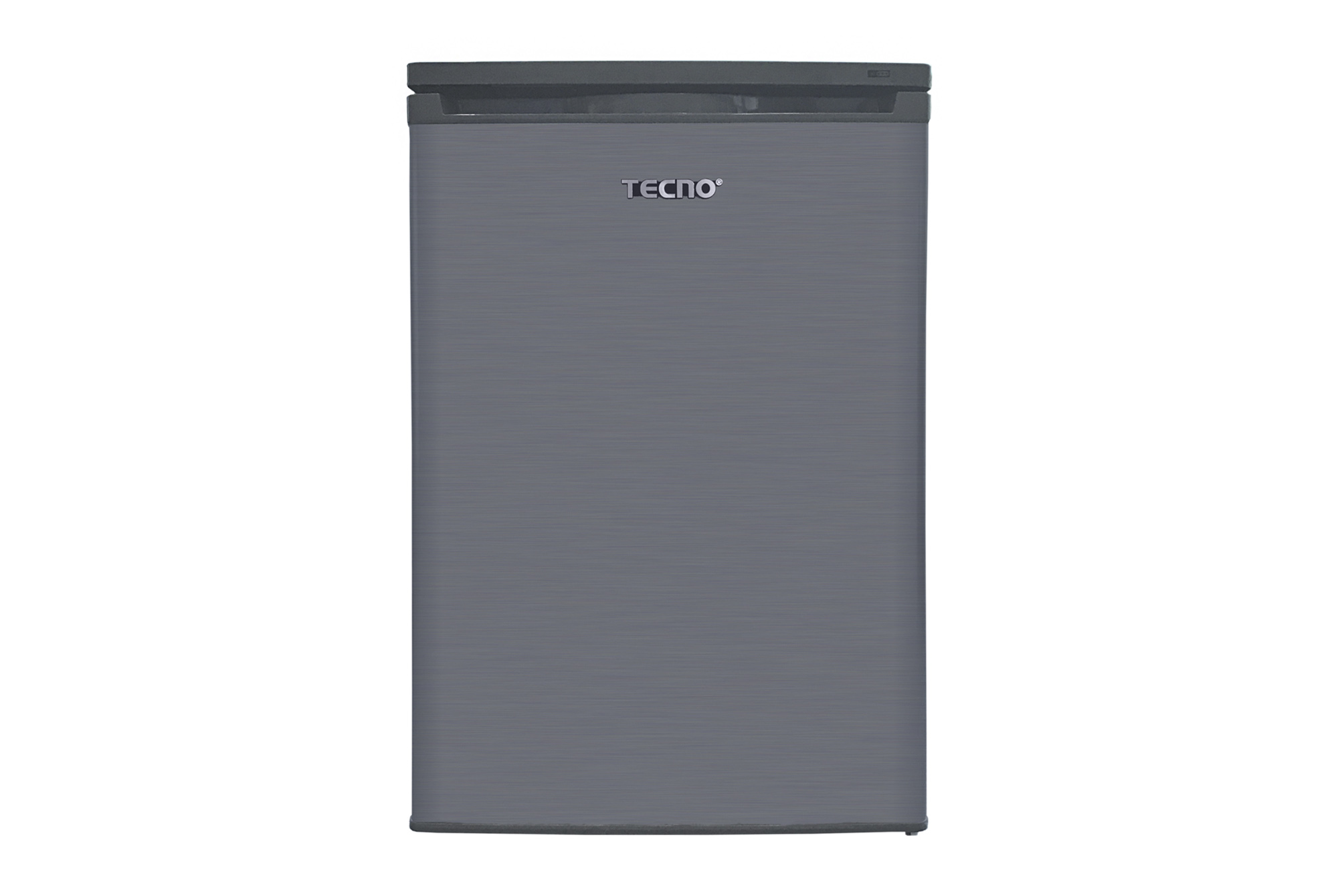
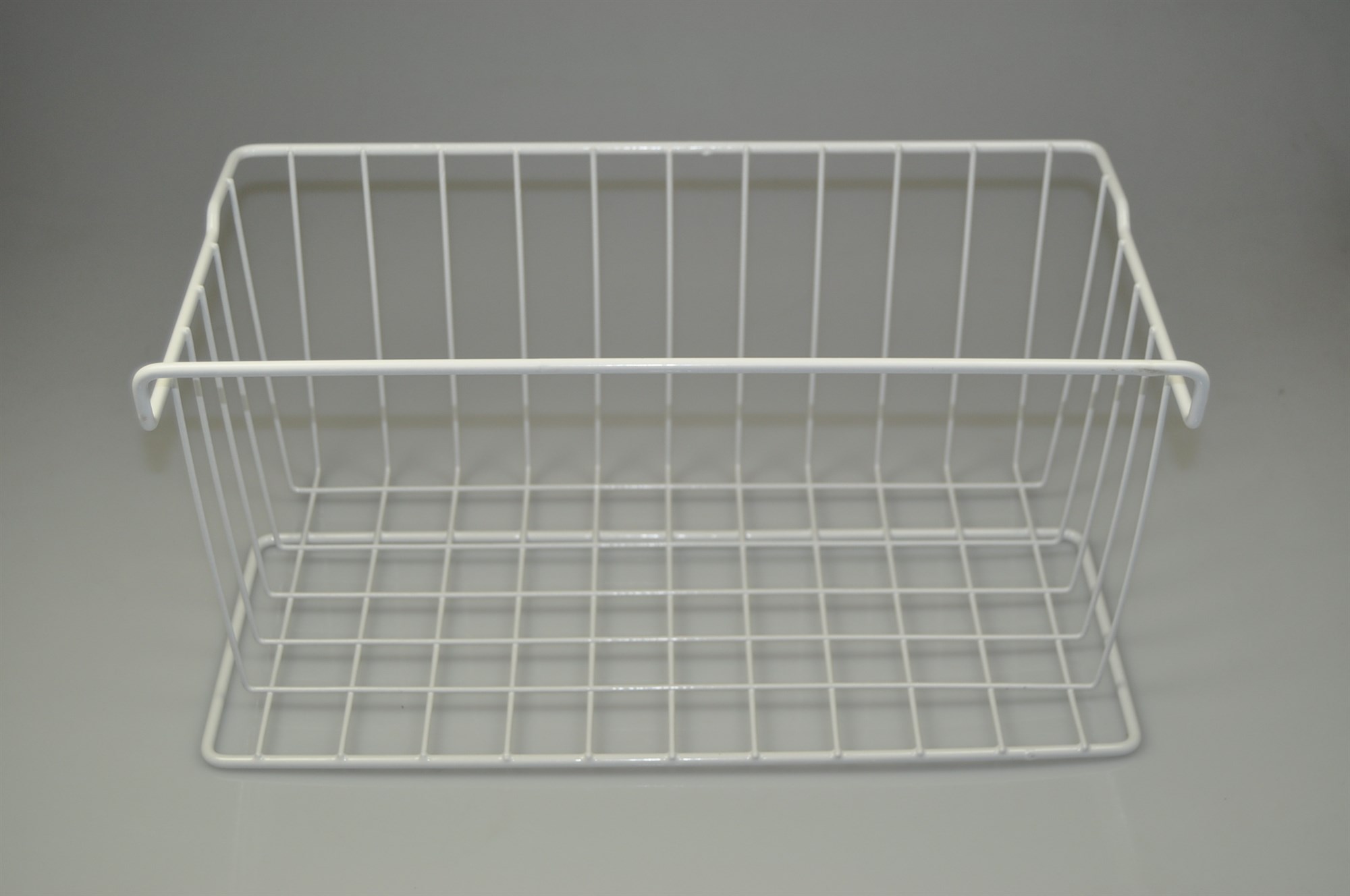
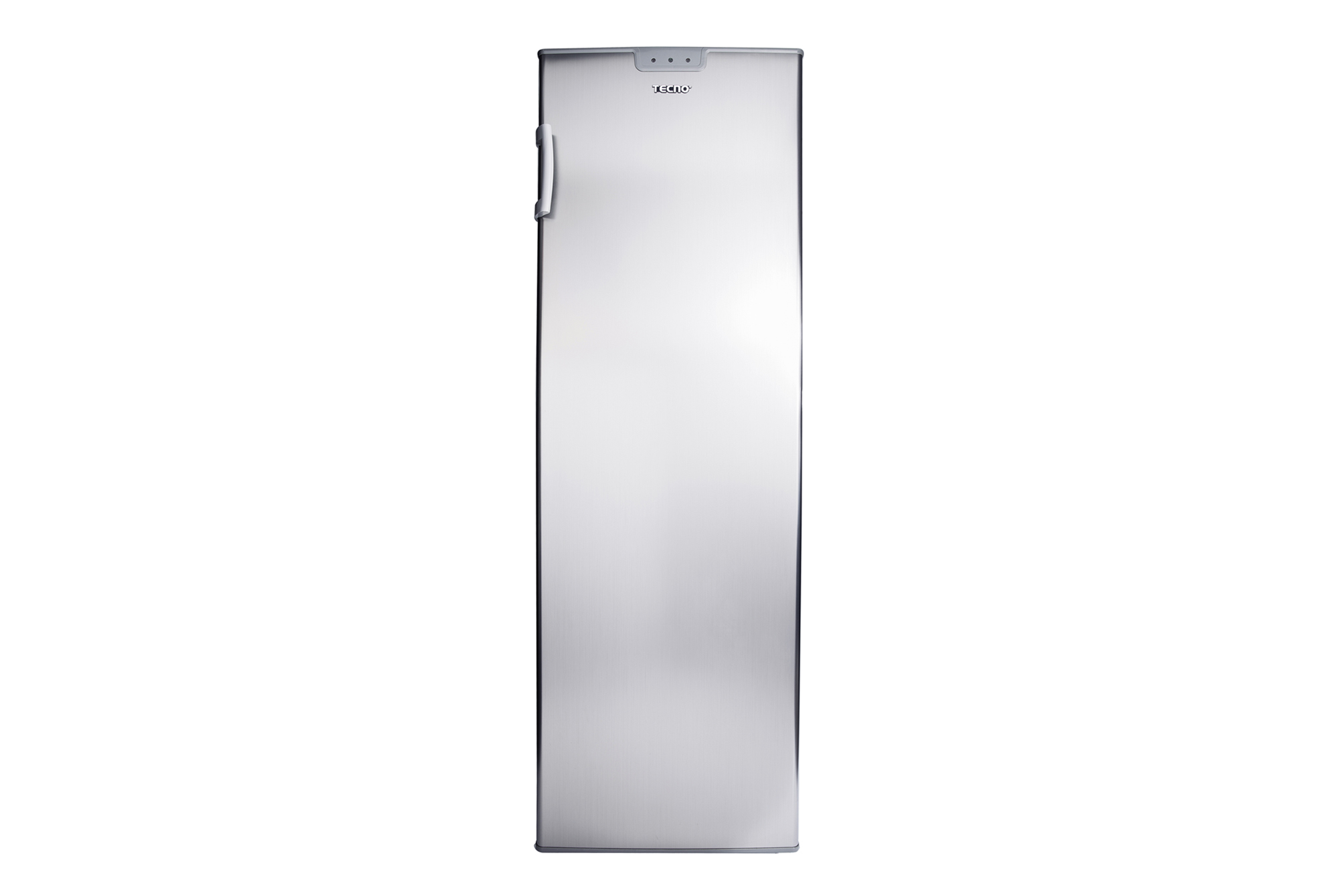
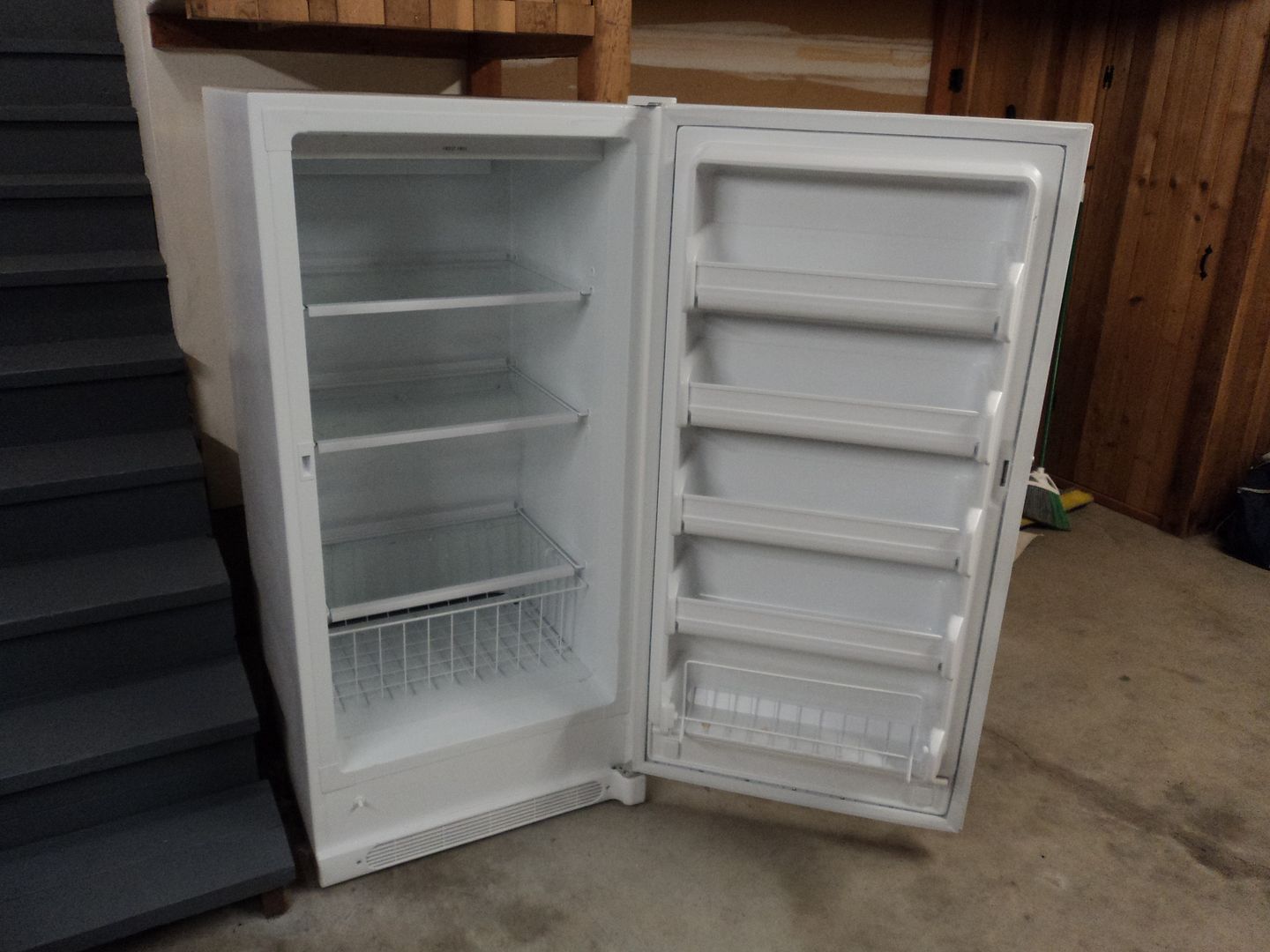
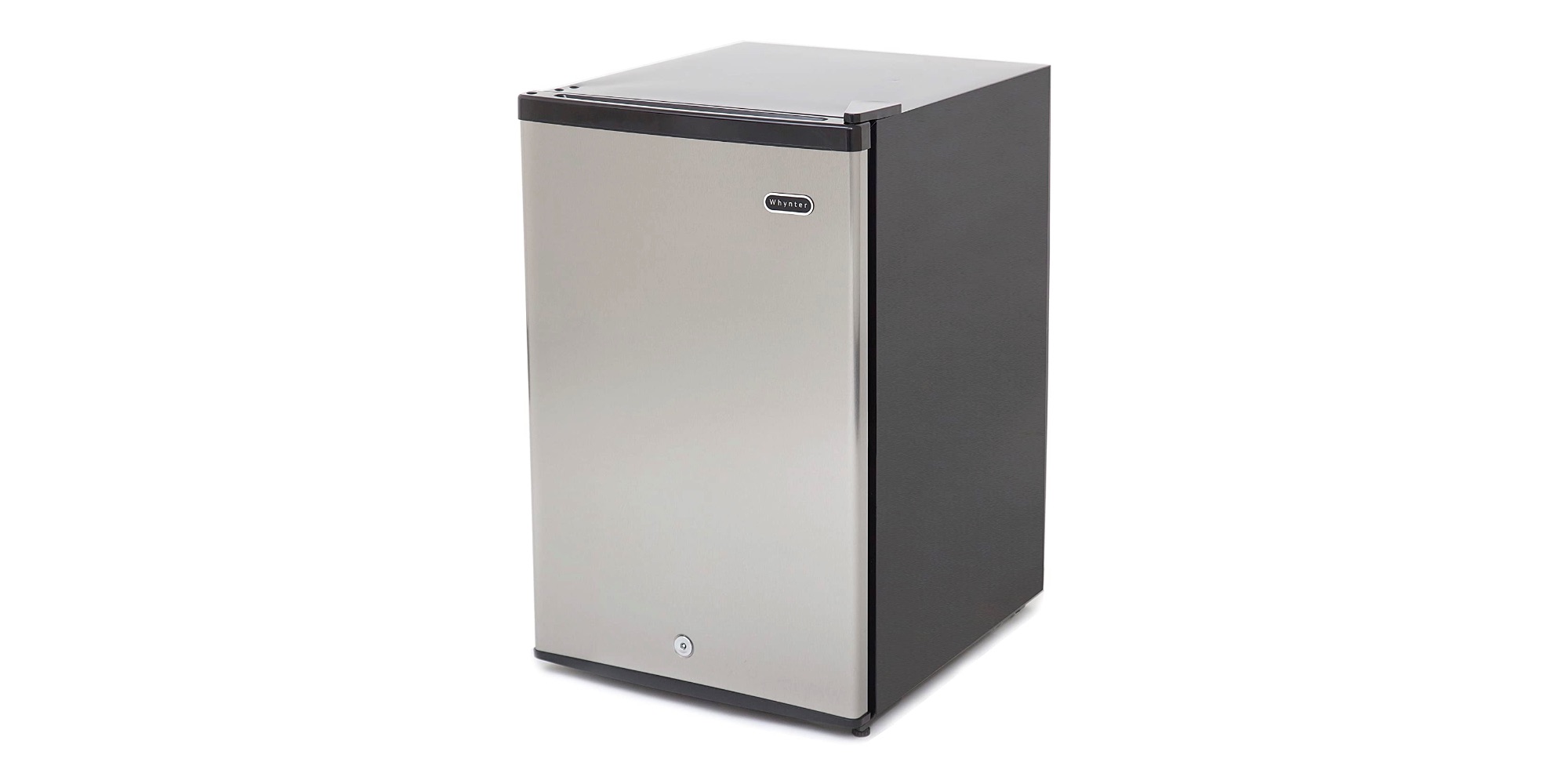
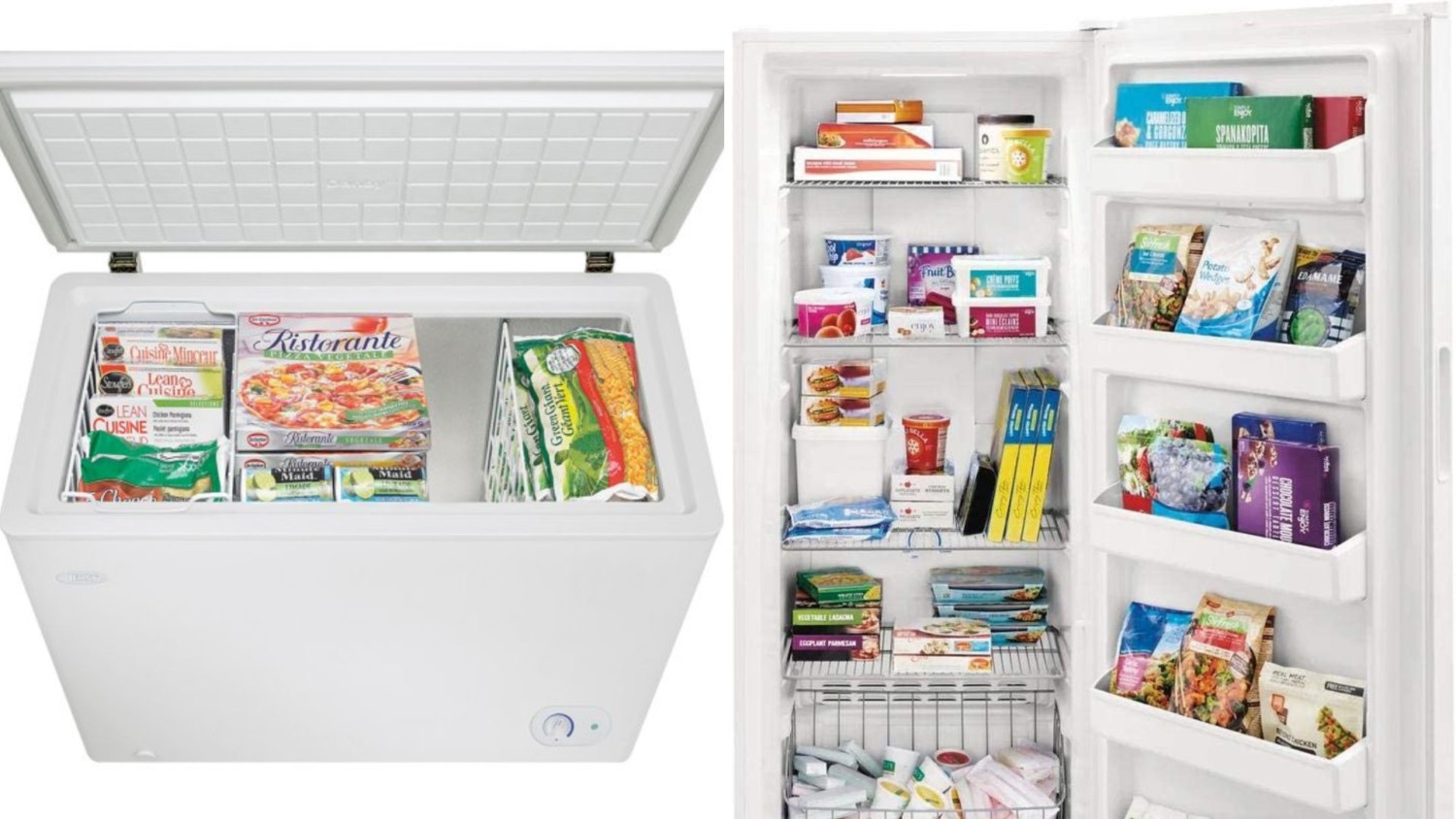
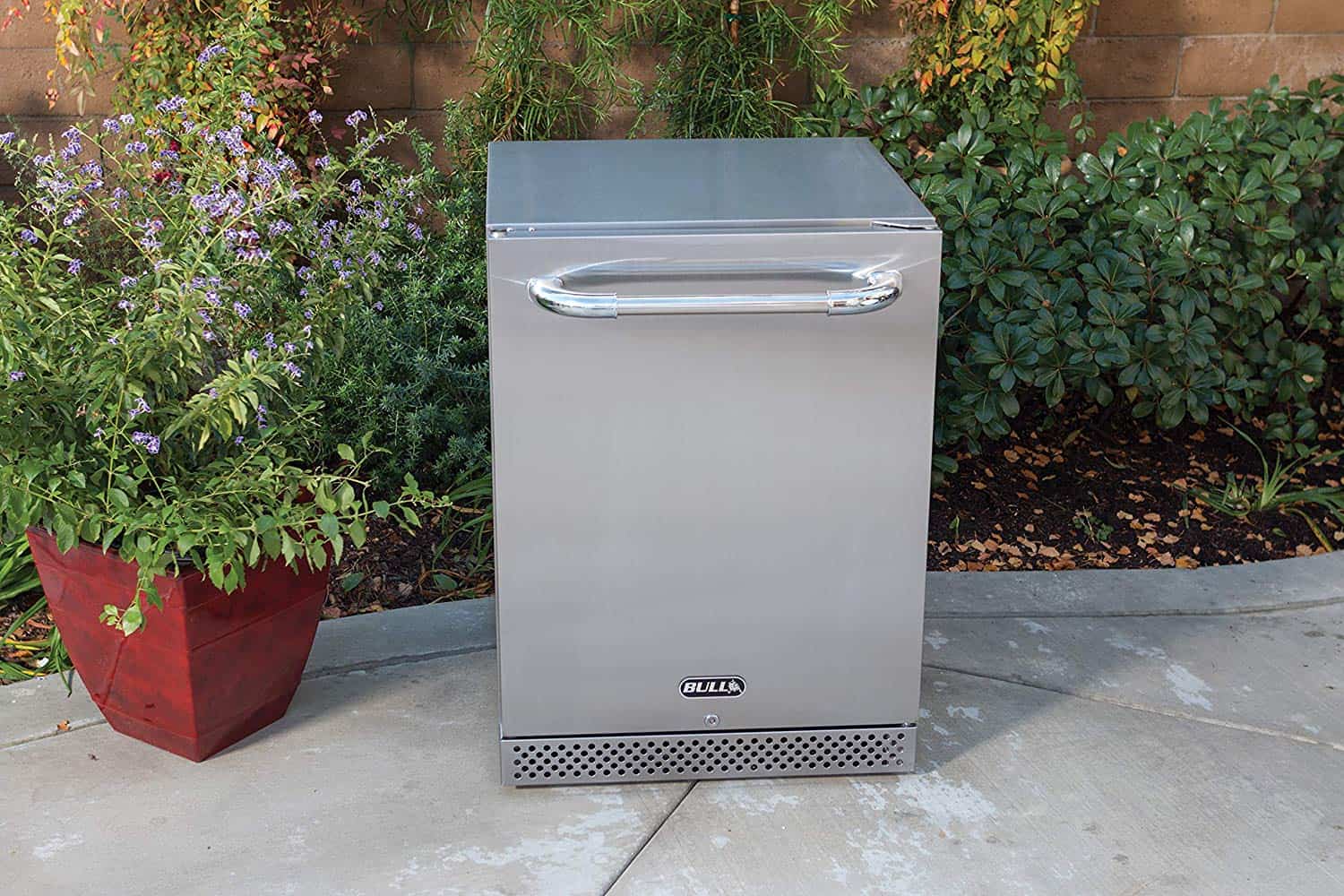
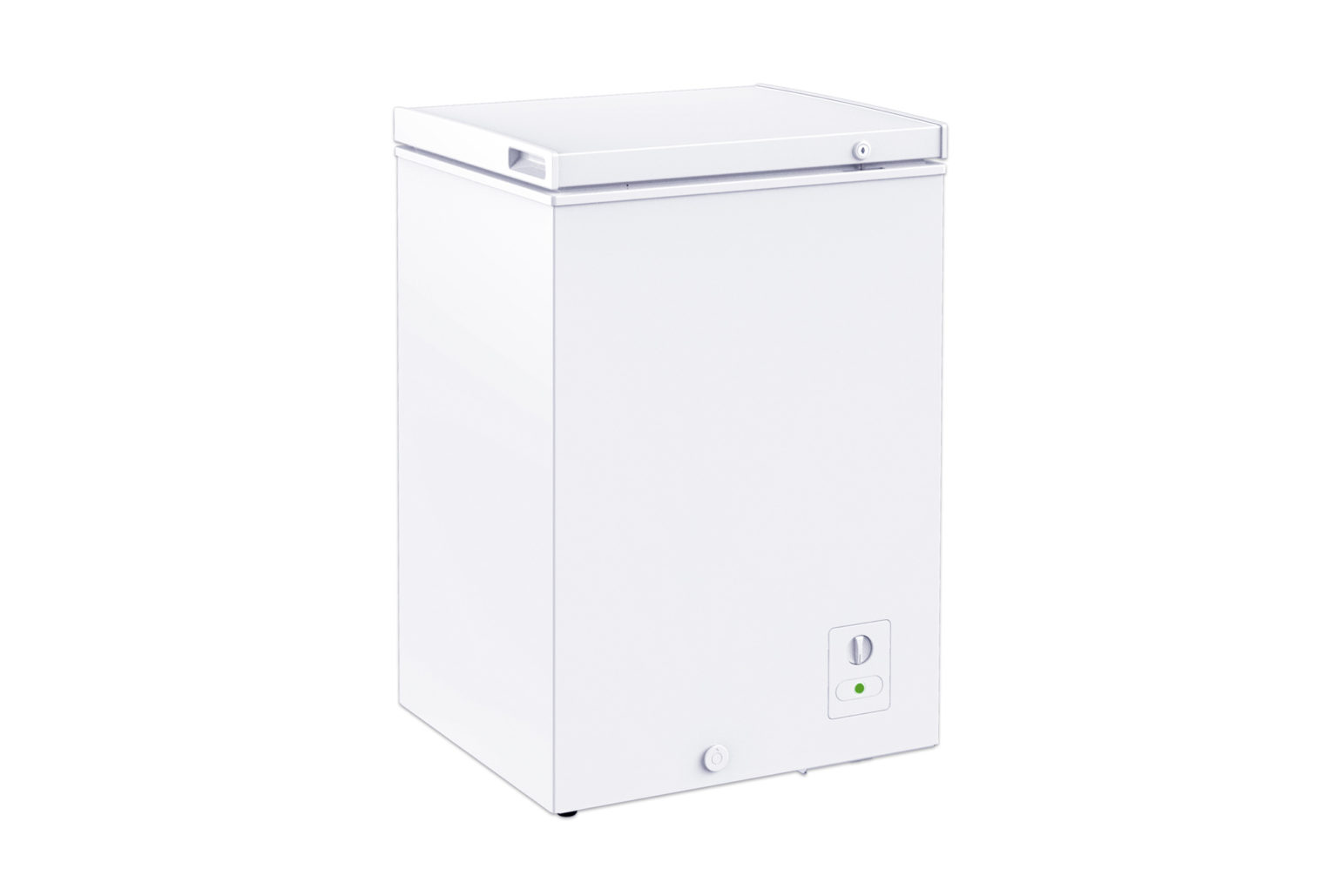
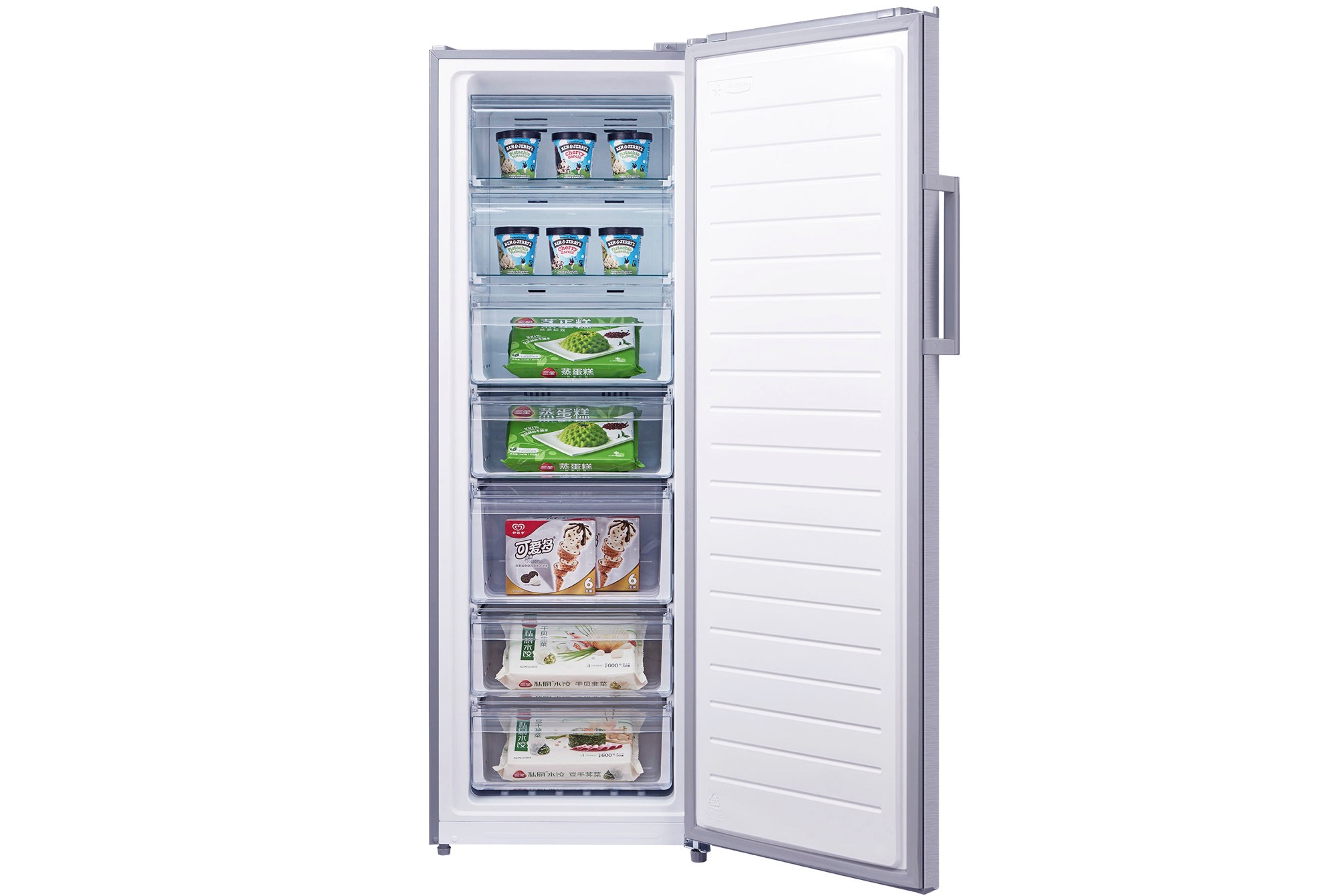
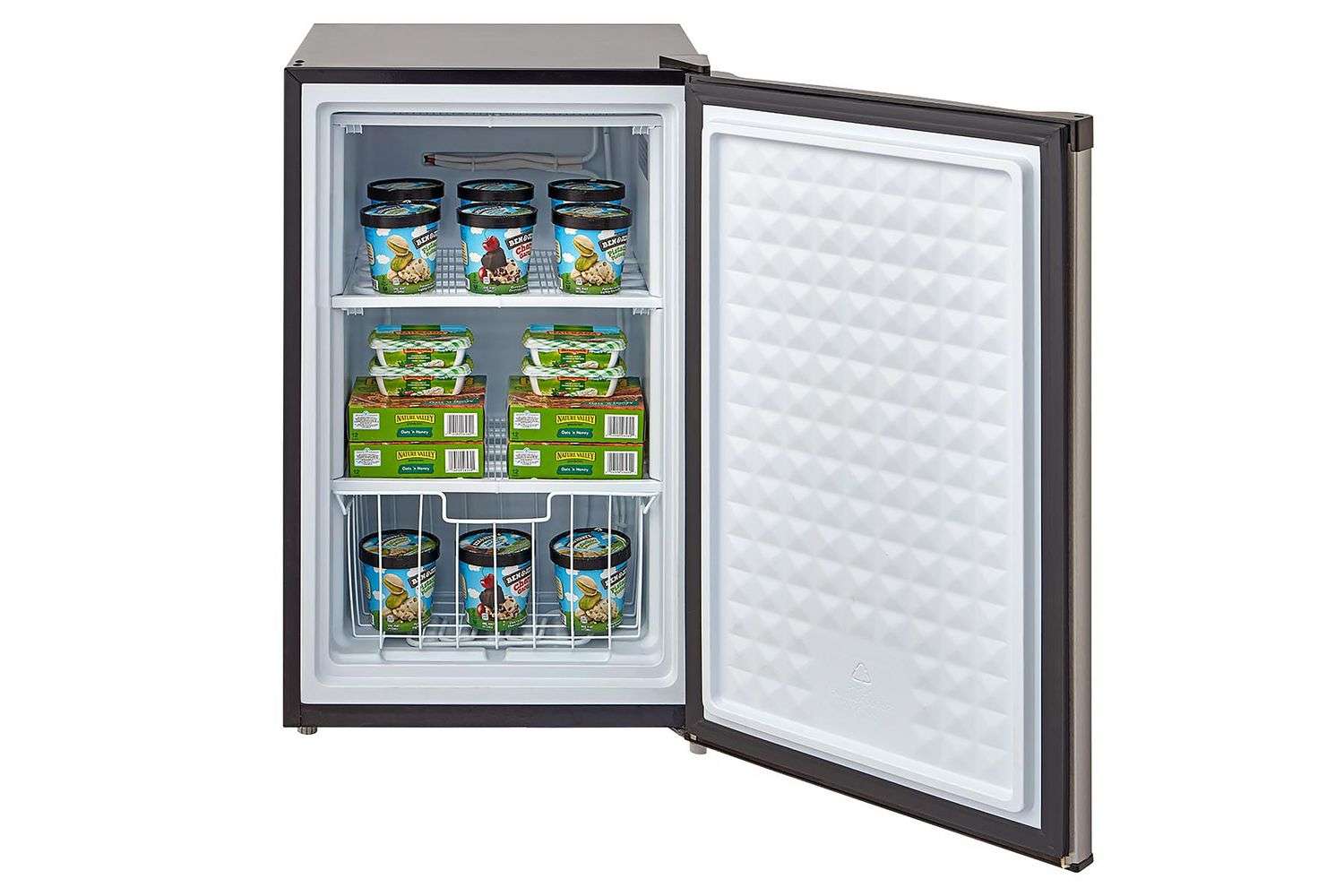
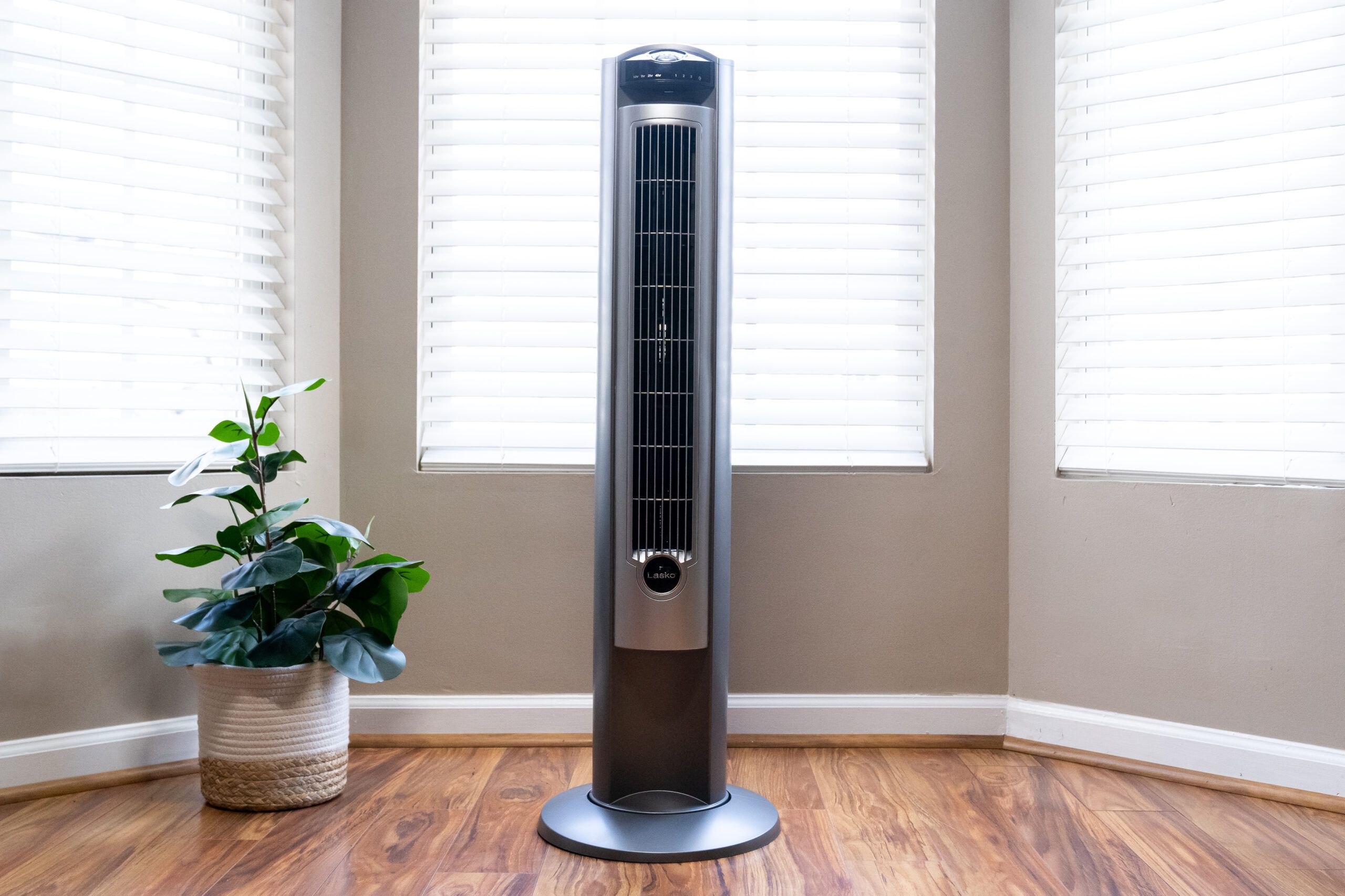
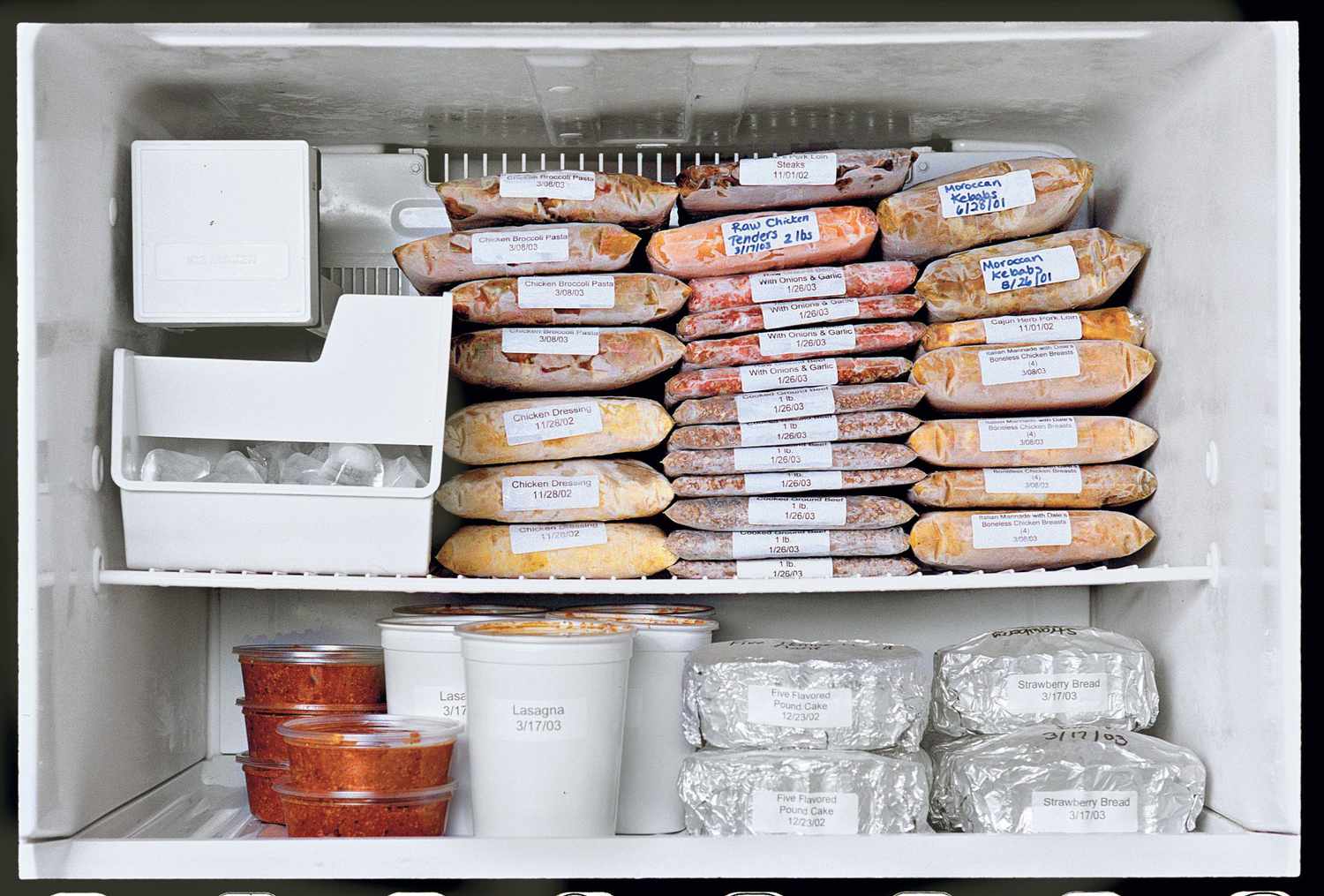

0 thoughts on “What Is The Best Upright Freezer”